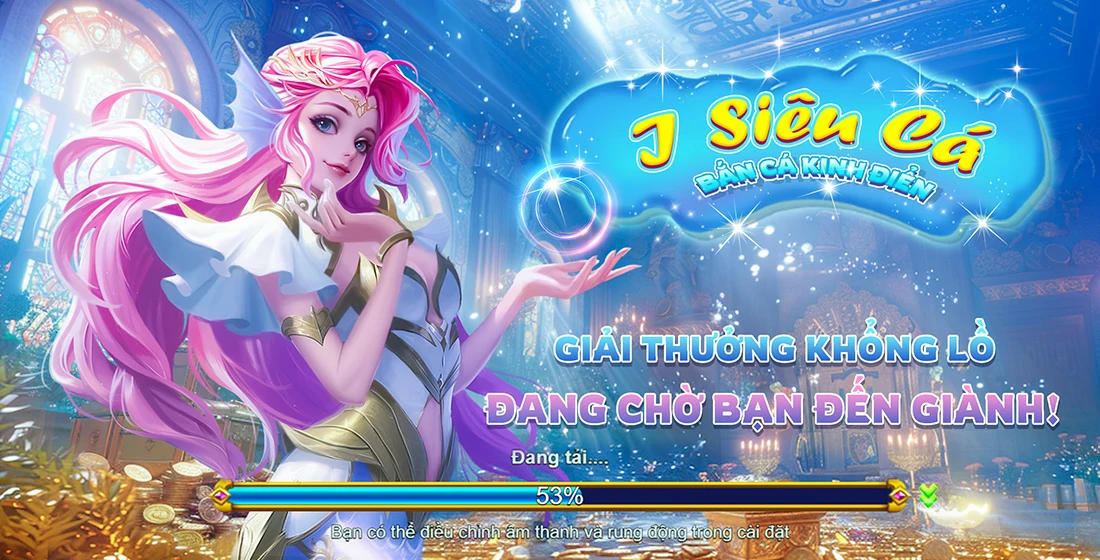Why Sandbox Games and Tower Defense Games Are Changing the Face of Modern Gaming
The gaming industry has seen a dramatic shift in recent years, with the rise of sandbox games and tower defense games ushering in new ways for players to engage with interactive experiences. This article explores how these genres contribute to modern gaming, the emotional narratives behind some of the best and sad story games of all time, and the overall impact on game design and player interaction.
The Appeal of Sandbox Games
Sandbox games offer players the freedom to explore worlds at their own leisure, creating their own stories and experiences. Titles like Minecraft and Terraria allow for limitless creativity. Players can build, destroy, and manipulate the environment, ultimately crafting a unique gaming experience. This opens up avenues for personal expression, fostering community engagement and collaboration.
Tower Defense Games: A Strategic Breakthrough
Tower defense games provide players with an intricate blend of strategy and action. Titles such as Plants vs. Zombies and Kingdom Rush challenge players to think critically while simultaneously keeping up with fast-paced gameplay. The delicate balance between planning and reacting makes it essential for players to adapt quickly, enhancing the thrill of victory and the sting of defeat.
Combining Elements: Where Sandbox Meets Tower Defense
The collision of sandbox elements with tower defense mechanics has birthed innovative titles, showcasing how blending genres can revolutionize gameplay. Games like FortressCraft exemplify this fusion, allowing players to construct their defenses while navigating open-world environments. This hybrid approach extends gameplay longevity and increases the level of engagement.
Exploring Emotional Depth in Gaming Narratives
Many games are celebrated not only for their mechanics but also for their storytelling. The best and sad story games of all times often embody deep emotional cores that resonate with players. Titles like Final Fantasy VII and The Last of Us are prime examples of how narratives can elevate gameplay experiences and create lasting memories.
Ash and Gold: Sadness and Joy in Gaming
Amidst the joy of victory lies the pain of loss. Games are increasingly exploring themes of sadness, reflecting real-life experiences and emotions back to the player. Games like Journey and Life is Strange capture the bittersweet nature of human connection, setting themselves apart in a landscape that often emphasizes action and competition.
The Future of RPGs and Sandbox Genres
Considering the future of game RPG nds, the sandbox genre is likely to continue reshaping expectations. Players desire more autonomy and room for creativity within game worlds, leading developers to prioritize open-world designs. The influence of sandbox games in RPGs indicates a strong trend toward personalized gameplay experiences that emphasize exploration and story-driven quests.
Key Takeaways
- Sandbox games encourage creativity and personal expression.
- Tower defense games enhance strategic thinking and fast-paced action.
- Blending genres can lead to innovative gameplay, broadening player engagement.
- Emotional narratives can elevate the gaming experience significantly.
- The future of gaming will likely focus on player autonomy and immersive storylines.
Conclusion
In summary, both sandbox games and tower defense games are revolutionizing the gaming landscape. They not only offer unique gameplay experiences but also expand the narrative possibilities that resonate with players. The blend of freedom, strategic elements, and emotional depth is paving the way for a new era of games that prioritize not just mechanics but meaningful player experiences.
| Game Genre | Main Characteristic | Top Game Examples |
|---|---|---|
| Sandbox Games | Complete player freedom and expression | Minecraft, Terraria |
| Tower Defense Games | Strategic placement and defense | Plants vs. Zombies, Kingdom Rush |
| RPGs | Character-driven narratives and quests | The Witcher 3, Final Fantasy VII |



